Head Lice
Head lice, a contagious infestation, are sometimes found in school-age children. The following are some suggestions recommended to prevent and /or control this infestation.
Discuss with your child that he/she should not:
- Use another person's hairbrush or comb.
- Wear another person's hat, coat, sweater, or other article of clothing.
- Share baseball caps, football helmets, or jerseys or other clothing of any type.
- Sleep in the same bed with a friend (if possible) when staying overnight.
A child’s hair should frequently be examined under a strong light, looking for live lice or lice eggs.
Signs of infestation that may be noticed are:
- Persistent itching of the scalp.
- Nits--small, silvery, tear-shaped eggs. (Lice eggs are attached to the hair about 1/4" away from the scalp. They are most often found in areas around the ears and in the back of the neck at the hairline. The more mature nit will appear dark instead of whitish in color.)
- Tiny, crawling bugs on the scalp or close to the scalp. (The immature louse looks like a flea. The mature louse is flesh colored and approximately (-) long. They crawl on the scalp).
- Small sores on the scalp. (The louse feeds from the blood supply of the scalp, causing sores).
The following are steps to be taken if head lice infestation is suspected.
- Keep your child at home.
- Contact your family doctor or pharmacist for treatment products.
- Treat your child’s hair, following the directions on the treatment product.
- Notify any person (neighbors, relatives, baby-sitters, or day care centers) with whom your child has had close contact within the past month.
- Limit overnight visits with friends or relatives for about two (2) weeks.
The school district observes the following procedure regarding students with head lice infestation.
- The parents/guardians are notified.
- The child is excluded from school with head lice until effective shampooing and head lice removal is completed.
(Usually, twenty-four hours is adequate). - Students with "nits only" will remain in school but must treated with head lice shampoo and have all nits removed that evening.
- The health aide/nurse will recheck each child before he/she may return to the classroom.
- Seven (7) to ten (10) days after returning to school, the child will again be examined.
- To protect a child’s privacy, confidentiality guidelines will be followed.
The following information will assist you in treating your child.
Head lice are usually transmitted through close contact with other infested individuals; through sharing combs, brushes, and other grooming aids; through sharing hats, caps, wigs, coats; or through co-mingling of these items at the homes of friends, at school, at church, or other public places. Head lice infestation does not occur due to uncleanliness. Frequent bathing or shampooing neither prevents head lice nor eliminates an infestation once it has become established.
Head lice are elongated insects about this long (-) and are grayish-white with dark margins. Lice do not have wings and therefore, CANNOT fly. They CANNOT jump, but do move very quickly. This makes them difficult to find in a child's hair. Lice bite and suck blood form the scalp causing redness and itching with subsequent scratching. Since crawling forms are so difficult to see, the diagnosis of head lice infestation is frequently made on the basis of finding nits. A nit is a louse egg. Nits are teardrop in shape, about this size (') and vary in color from black/brown to milky white. Head lice attach each nit to a hair shaft about 1/4" away from the scalp with a waterproof, cement-like substance. Thus, nits cannot be washed out or brushed out of the hair like dandruff or other debris that sometimes look like nits to the naked eye. Clusters of nits may be found in any section of hair, but generally more are found at the neck and the area over and around the ears.
Treatment solutions for head lice are available at your pharmacy. Some require a prescription while others can be purchased "over the counter". To treat an individual, follow these steps:
- Apply the treatment remedy according to package directions or according to your
physician's instructions. - Nits left in the hair following use of the “nit comb” must be pulled off the end of the hair using the fingernails of two fingers.
- Put on clean clothing after the treatment.
- A daily nit check is advisable for at least 10 days following treatment.
You may need to re-treat in 7-10 days if there is evidence of new nits or newly hatched lice. Follow the instructions on the product label for re-treatment.
To treat personal articles and your environment do the following:
- Machine-wash all clothing and bed linen, which have been in contact with the infested person in the last three days. Articles should be washed in HOT water and dried in a HOT dryer. Non-washable items can be vacuumed or dry-cleaned.
- For combs and brushes: boil enough water to cover combs; turn off heat and immediately place combs and brushes in the boiled water.
- Rugs, upholstered furniture, mattresses, car seats, and personal items that cannot be
washed can be carefully vacuumed to pick up living lice or nits. - Small non-washable items may be sealed in a trash bag for 2-3 weeks.
Cats and dogs are NOT affected by human lice and should not be treated.
Parents of your child's closest friend(s) should be notified that their child may have been exposed to head lice because the children play together. This is particularly important if the children have stayed overnight with each other in the past month, slept in the same bed, or participated in activities involving frequent close body contact.





 Launch the media gallery 1 player
Launch the media gallery 1 player